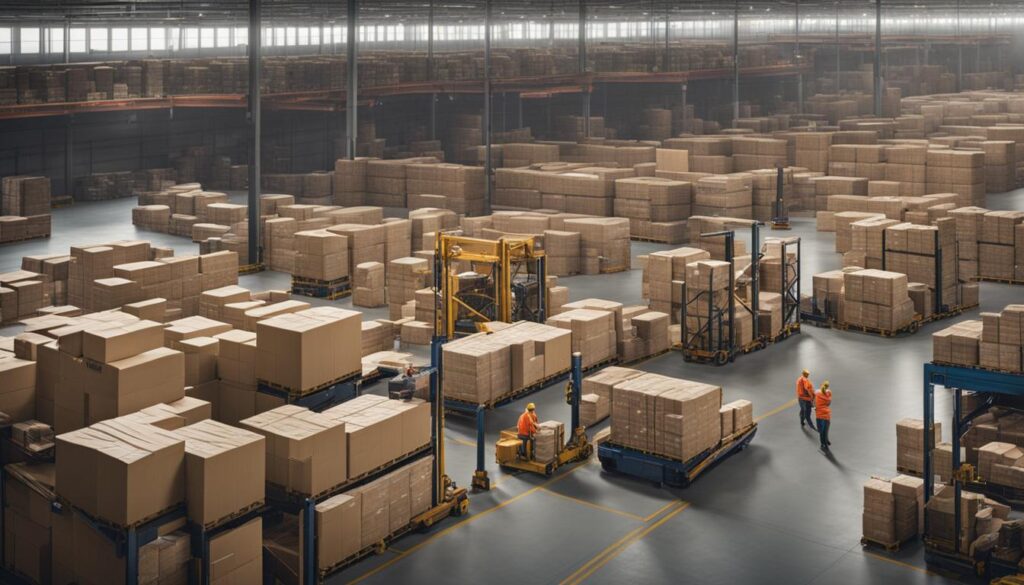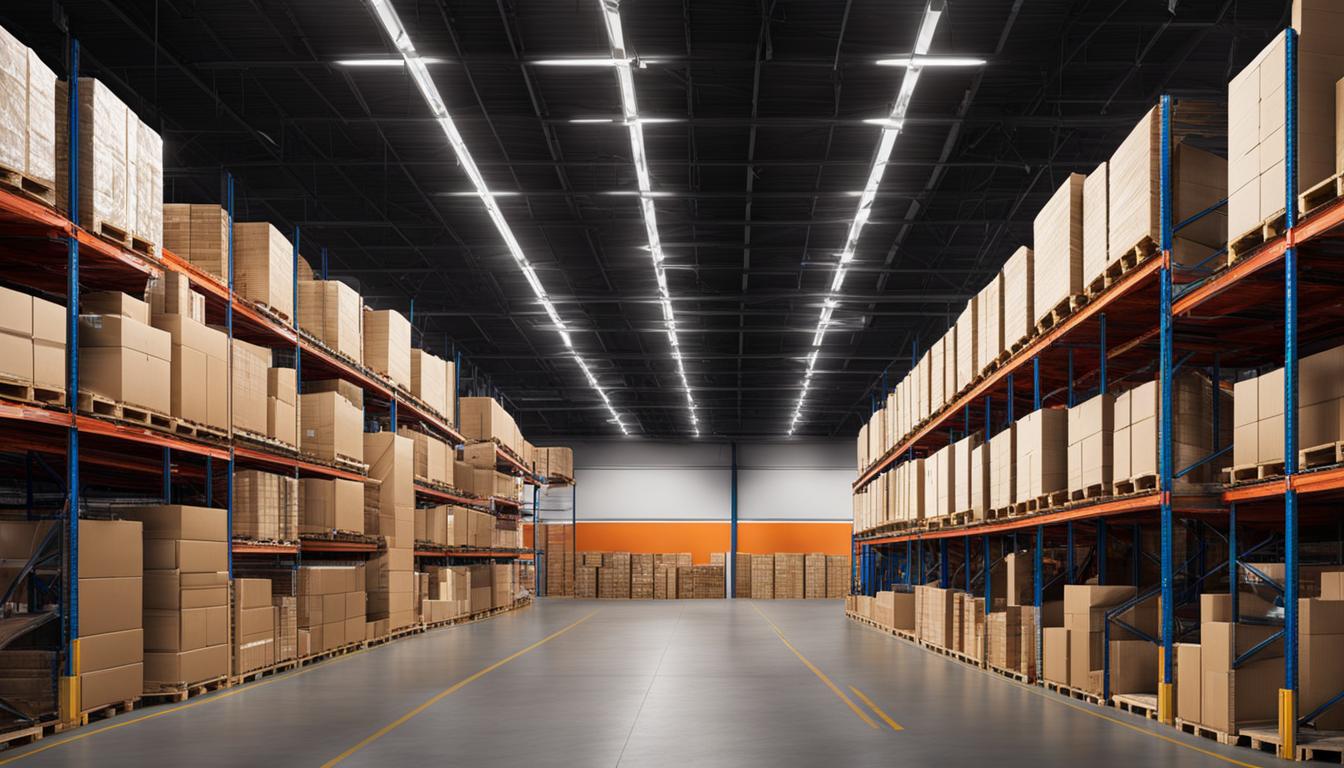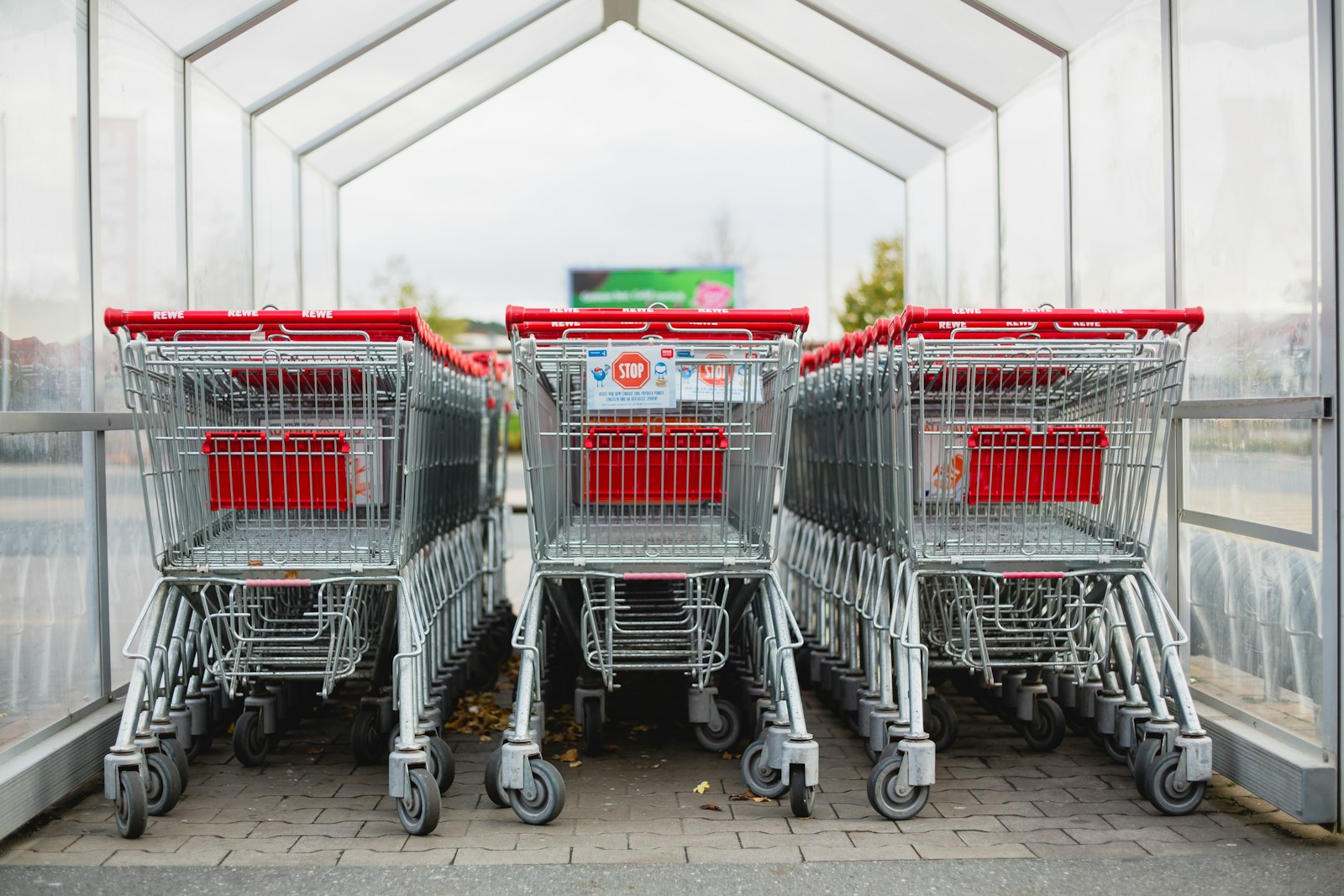When it comes to conducting business in the digital realm, there are various e-commerce models to choose from. Two commonly used models are wholesale and retail. Understanding the differences between these models is crucial for entrepreneurs looking to establish a successful online business.
In wholesale e-commerce, businesses sell goods in bulk to other companies at discounted prices. On the other hand, retail e-commerce involves selling products directly to individual consumers at a retail price. These models differ in terms of target customers, buying processes, and profit margins.
Wholesalers operate on a business-to-business (B2B) basis, serving other businesses. They purchase large quantities of products at a low cost from manufacturers and distributors. Then, they sell the goods in smaller quantities at a higher price to retailers. On the contrary, retailers engage in business-to-consumer (B2C) transactions, selling products directly to end users.
In this article, we will delve into the workings of wholesale and retail e-commerce, highlighting their key differences and helping entrepreneurs make informed decisions about their business models.
Key Takeaways:
- Wholesale e-commerce involves selling goods in bulk to other businesses at discounted prices.
- Retail e-commerce focuses on selling products directly to individual consumers at a retail price.
- Wholesalers buy products in bulk at a low cost from manufacturers and distributors and sell them to retailers in smaller quantities at a higher price.
- Retailers buy goods in bulk from wholesalers or distributors and sell them individually to end users.
- Understanding the differences between wholesale and retail is important for choosing the right e-commerce business model.
How wholesale works
The wholesale business model operates by purchasing goods in bulk from manufacturers or distributors and then reselling them to retailers at a higher price. Wholesalers play a crucial role in the supply chain, acting as intermediaries between manufacturers and retailers.
Wholesalers typically buy products in large quantities, which allows them to negotiate lower prices from manufacturers. This enables them to offer discounted prices to retailers while still earning a profit. For example, a wholesaler might buy 1,000 t-shirts from a manufacturer at $5 each and then sell them to retailers for $10 each, making a profit of $5 per t-shirt.
Wholesalers also handle inventory management and storage. They have warehouses where they store the bulk goods they purchase. This allows retailers to purchase smaller quantities of products as per their demand rather than buying in bulk from the manufacturer directly. Additionally, wholesalers often provide delivery services to retailers, ensuring that the products reach them in a timely manner.

Advantages of the wholesale business model:
- Access to discounted prices from manufacturers
- Ability to purchase products in bulk
- Inventory management and storage facilities
- Delivery services to retailers
In summary, the wholesale business model involves purchasing products in bulk, negotiating discounted prices, and reselling them to retailers for a profit. Wholesalers play a crucial role in the supply chain, providing inventory management and storage facilities, as well as delivery services to retailers. This business model enables retailers to access a wide range of products without having to purchase them in large quantities directly from manufacturers.
How Retail Works
When it comes to the retail business model in e-commerce, there are several key elements that define how it works. Understanding these aspects can help entrepreneurs make informed decisions and optimize their retail strategies.
The Retail Buying Process
The retail buying process starts with retailers sourcing products from wholesalers or distributors. Retailers purchase goods in bulk at a price higher than the wholesale cost. This allows them to acquire the products necessary to stock their inventory and meet consumer demand. Once the products are acquired, retailers focus on marketing their inventory, attracting customers, and selling their products at a retail price.
Retailer Profit Margin
The profit margin for retailers is determined by the difference between the cost of purchasing products from wholesalers and the price at which they sell them to customers. Retailers aim to maximize their profit margin by setting competitive prices that take into account market demand, competition, and other factors. By strategically pricing their products, retailers can generate revenue that exceeds their expenses and achieves their desired profit margin.
Retailers and Wholesalers
Retailers and wholesalers play complementary roles in the supply chain. Wholesalers provide retailers with the inventory they need to stock their stores, while retailers act as the final link between wholesalers and end consumers. Wholesalers focus on efficient logistics, ensuring a steady supply of products to retailers, while retailers focus on marketing, customer service, and creating a positive shopping experience.
Overall, the retail business model is centered around meeting the needs of individual consumers. Retailers aim to provide a wide range of products, excellent customer service, and a seamless buying experience to attract and retain customers. By understanding how the retail business model works, entrepreneurs can develop effective strategies to succeed in the competitive e-commerce landscape.
Key Differences between Wholesale and Retail
In the world of e-commerce, wholesale and retail are two distinct business models that serve different purposes and target different customer bases. Understanding the key differences between wholesale and retail can help entrepreneurs make informed decisions when it comes to choosing the right business model for their e-commerce ventures.
Pricing Differences
One of the primary differences between wholesale and retail is the pricing structure. Wholesale businesses typically buy products in bulk at a low cost and then sell them to retailers at a higher price. Retailers, on the other hand, purchase goods at a higher price and sell them directly to end consumers at a retail price. This price difference allows wholesalers to make a profit by earning the margin between the wholesale and retail prices.
Transaction Volume
Another important distinction between wholesale and retail is the transaction volume. Wholesalers deal with large quantities of products in fewer transactions. They sell goods to retailers in bulk, which means fewer overall transactions but higher volume per transaction. On the other hand, retailers focus on individual transactions with end consumers, selling products in smaller quantities but with a higher frequency of transactions.
Storage and Warehousing
When it comes to storage and warehousing, wholesalers typically require large warehouse spaces to store their bulk inventory. They need adequate storage facilities to accommodate the large quantities of products they deal with. In contrast, retailers usually have smaller back rooms or storerooms to store their inventory, as they focus on selling products directly to consumers in smaller quantities.
| Wholesale | Retail | |
|---|---|---|
| Transaction Volume | Large quantities in fewer transactions | Smaller quantities with higher frequency |
| Storage and Warehousing | Large warehouses for bulk inventory | Smaller back rooms or storerooms |
| Range of Products | Stock fewer products in larger quantities | Offer a wider variety of products |
| Fulfillment and Expenses | Focus on logistics and distribution | Emphasize marketing and customer service |
| Location Selection | Ample storage space for warehouses | Accessible high-traffic areas |
Range of Products
Wholesalers typically stock a narrower range of products but in larger quantities. They focus on providing businesses with the necessary goods they need for their own operations. Retailers, on the other hand, aim to offer a wide variety of products to cater to the diverse preferences and needs of individual consumers. This broader product range allows retailers to attract a larger customer base.
Fulfillment and Expenses
The fulfillment process and expenses also differ between wholesale and retail. Wholesalers prioritize efficient logistics and distribution to ensure that products reach retailers in a timely and cost-effective manner. Retailers, on the other hand, place greater emphasis on marketing and customer service to attract and retain individual consumers. The expenses incurred by wholesalers are primarily related to logistics and warehousing, while retailers focus on marketing and creating a positive customer experience.
Location Selection
The location selection is crucial for both wholesale and retail businesses. Wholesalers require ample storage space for their warehouses, which may be located in industrial areas with access to transportation networks. Retailers, on the other hand, need to choose locations that are easily accessible to their target customers, often opting for high-traffic areas to maximize visibility and footfall.
Summary
In summary, wholesale and retail are distinct e-commerce business models with key differences in pricing, transaction volume, storage and warehousing, range of products, fulfillment and expenses, and location selection. Wholesalers focus on buying products in bulk at a low cost and selling them to retailers, prioritizing large quantities and efficient logistics. Retailers, on the other hand, purchase goods from wholesalers and sell them directly to end consumers, focusing on individual transactions and customer interaction. By understanding these differences, entrepreneurs can make informed decisions to optimize their e-commerce business models.
Conclusion
When it comes to choosing an e-commerce business model, the decision between wholesale and retail can greatly impact the success of a business. Consideration should be given to various factors such as pricing, transaction volume, storage and warehousing needs, range of products, fulfillment and expenses, and location selection.
Wholesale e-commerce business models focus on large quantities and efficient logistics. By purchasing goods in bulk at lower prices, wholesalers can offer discounted rates to other businesses. This model is ideal for those looking to cater to B2B transactions and streamline their operations.
On the other hand, retail e-commerce business models prioritize individual transactions and customer interaction. Retailers purchase goods in bulk from wholesalers and sell them directly to end users at a higher retail price. Retailers excel in marketing, selling, and providing excellent customer service, making it an attractive option for those seeking B2C engagement.
Ultimately, the choice between wholesale and retail depends on the specific goals and strategies of a business. Both models have their pros and cons. Understanding the differences and considering key factors will enable entrepreneurs to make informed decisions, optimize their e-commerce business models, and thrive in the competitive online marketplace.
FAQ
What is the difference between wholesale and retail in e-commerce?
Wholesale involves selling bulk goods to other businesses at discounted prices, while retail involves selling products directly to consumers at a retail price.
Who do wholesalers sell to?
Wholesalers are B2B, selling to other businesses.
Who do retailers sell to?
Retailers are B2C, selling to individual consumers.
How do wholesalers make a profit?
Wholesalers buy products in bulk at a low cost from manufacturers and distributors, then sell them to retailers in smaller quantities at a higher price.
How do retailers make a profit?
Retailers buy goods in bulk from wholesalers or distributors and sell them individually to end users.
What is the difference in pricing between wholesale and retail?
Wholesale involves buying at a low cost and selling at a higher price, while retail often uses keystone markup.
What is the difference in transaction volume between wholesale and retail?
Wholesalers handle large quantities of products in fewer deals, while retailers focus on smaller, individual transactions.
How do wholesalers and retailers handle storage and warehousing?
Wholesalers have large warehouses for storage, while retailers have back rooms and storerooms.
What is the difference in the range of products between wholesale and retail?
Wholesalers typically stock fewer products in larger quantities, while retailers offer a wider variety of products.
What are the differences in fulfillment and expenses between wholesale and retail?
Wholesalers focus on logistics, while retailers focus on marketing and customer service.
What are the location requirements for wholesale and retail?
Retailers need accessible high-traffic areas, while wholesalers require ample storage space.
What factors should be considered when deciding between wholesale and retail e-commerce?
Pricing, transaction volume, storage and warehousing needs, range of products, fulfillment and expenses, and location selection should be taken into account.
 Skip to main content
Skip to main content


